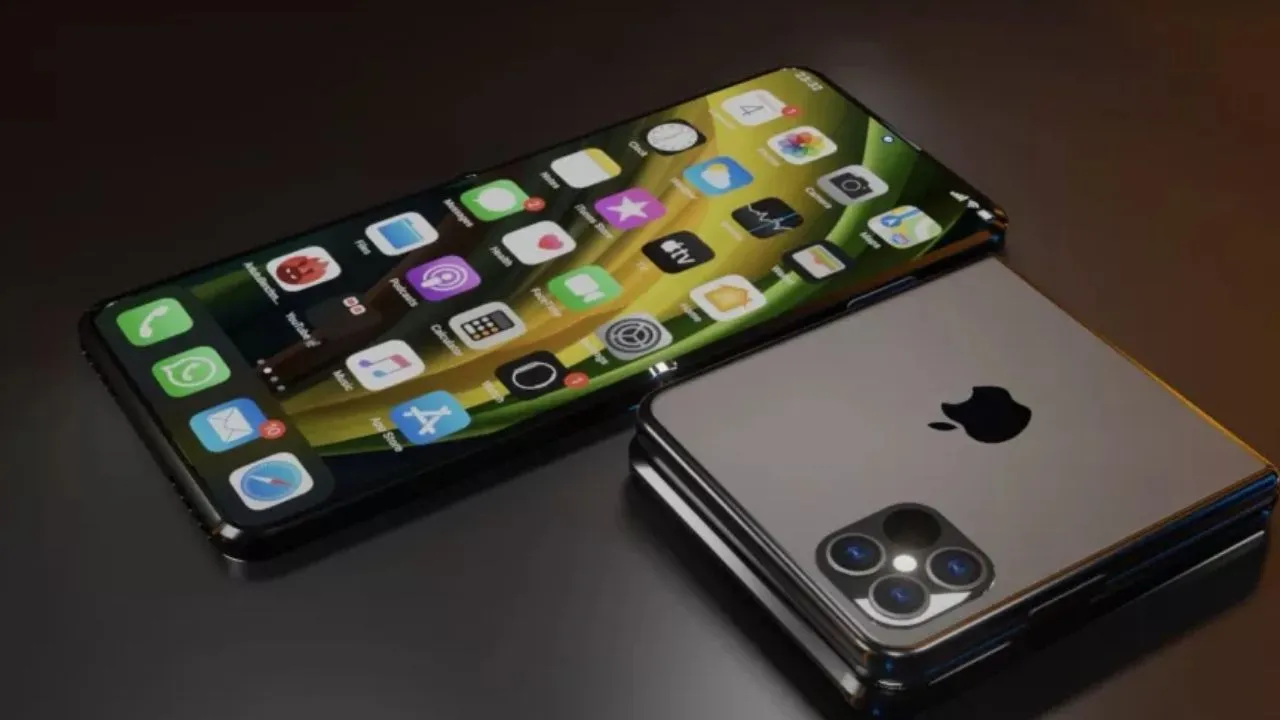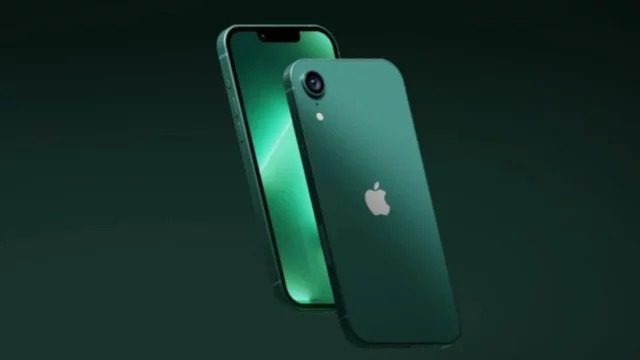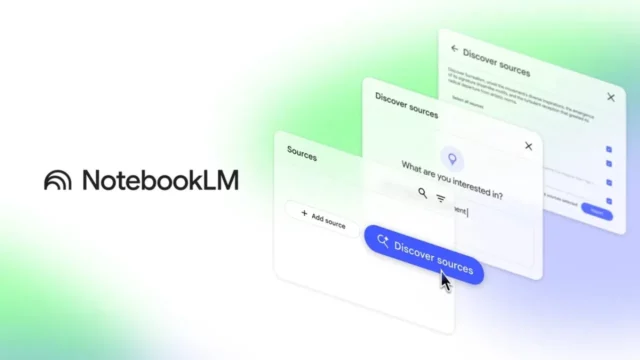For years, we have been hearing news about foldable iPhone models. However, there has been no definitive information regarding the long-awaited foldable model for a long time. Only some “estimated” features and release date information have emerged. Today, there are new leaks regarding the device’s release date. Here are the details on the subject…
Apple’s first foldable iPhone model may arrive sooner than expected!
Many technology sites have reported on the foldable iPhone models. These reports mentioned different features and release dates. Generally, the latest consensus pointed to dates around 2026 or 2027. However, according to the latest leaked information, this date may be moved up.

According to a report by the Taiwanese news outlet United Daily News, the foldable iPhone models are expected to be unveiled in 2025. This is supported by the fact that Apple has been in frequent contact with Taiwanese manufacturers to prepare essential components, such as bearings, for mass production by the end of this year. However, we should add a note that this is also a claim made by the same newspaper.
If we assume all these claims are true, the information suggests that the foldable iPhone could be released next year. The site does not specify when it will be released, but if this is accurate, we speculate that it could launch in September alongside the iPhone 17.
Lastly, let’s include expert opinions in our report. The smartphone industry continues its path with fierce competition. Previously, features like 120 Hz screens, 100 MP cameras, or triple-camera setups were only seen in the most expensive smartphones, but now even mid-range manufacturers are adding these features to their devices.
Moreover, the smartphone industry is currently on the rise, even if it doesn’t have a large fan base yet. Huawei, in particular, places great importance on this matter. The company sees a profitable future in this area and has developed a smartphone that folds three times. On the Apple side, we see patents taken in this regard, but so far, we have not encountered any concrete examples.














